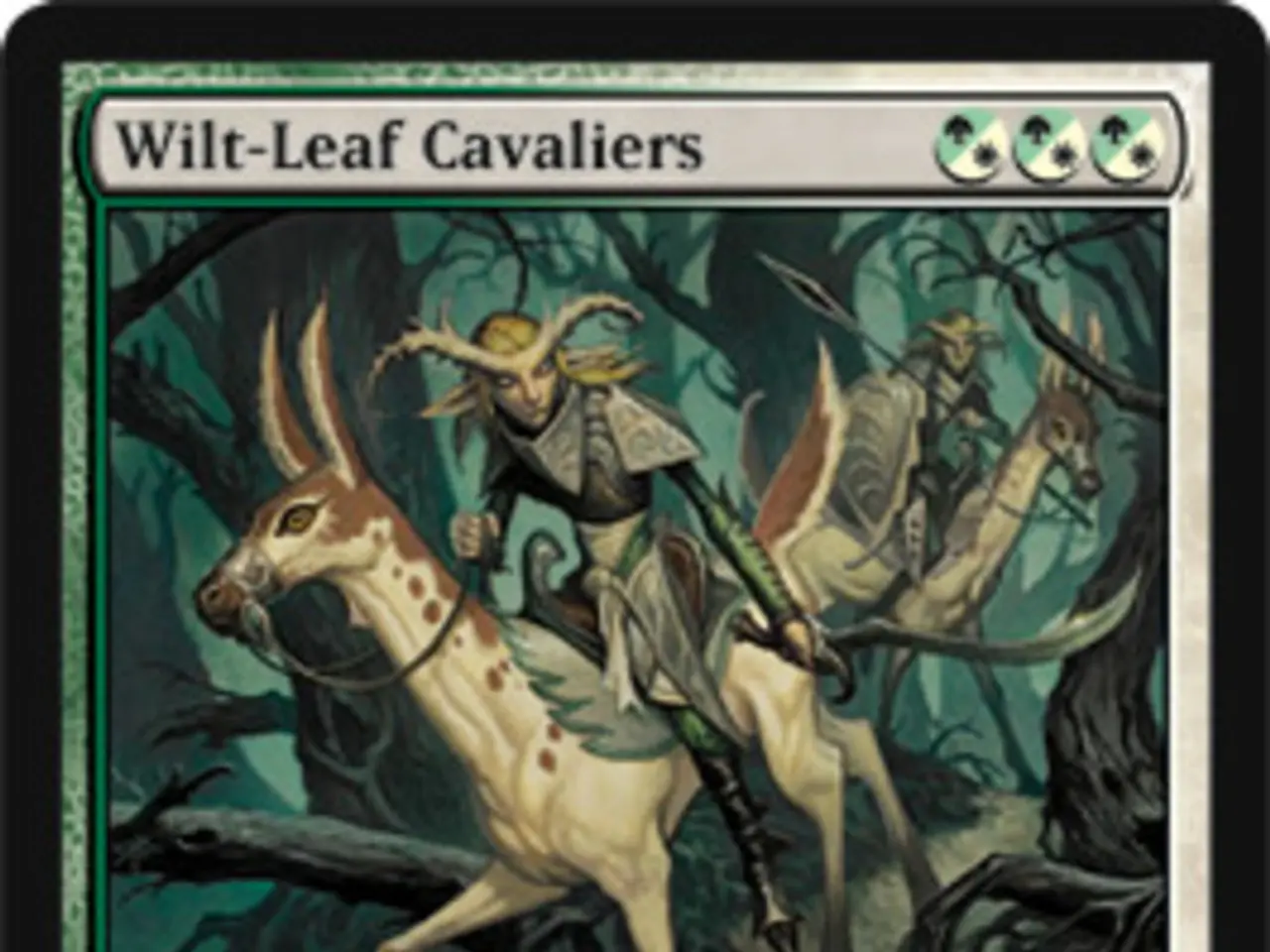Horses and Riders' Hearts Sync Bidirectionally in New Study
A recent study from 2024 has revealed that horse and rider heart rates can synchronise bidirectionally during free interaction. This fascinating discovery builds on previous research showing that interacting with horses can influence human physiological parameters, including heart rate variability and sleep quality. Let's delve into these findings and explore the various projects utilising this unique bond.
The intensity of interaction between humans and horses plays a significant role in the coherence between their heartbeats. This bidirectional synchronisation was observed in a study, indicating a deep connections. Projects such as 'OverPonyMotricita' and 'Pony & Oncology Pediatric' harness this bond to improve participants' quality of life and emotional well-being.
In Italy, the Università degli Studi di Roma 'Tor Vergata', in cooperation with Policlinico Gemelli and FISE, initiated the project 'A Cavallo verso il Futuro'. This project, like others, aims to utilise the calming influence of horses on humans. Studies have shown that interacting with horses can reduce the perception of acute pain and decrease heartbeat, leading to improved sleep quality.
The Italian Equestrian Sports Federation supports social projects centred around the well-being horses provide to people of all ages. These projects often utilise the 'horse's heart field', often described as five times stronger than the human one, to create a soothing environment. Though not yet statistically proven, the anecdotal evidence suggests a powerful connections.
The bond between humans and horses continues to reveal its benefits, with studies showing synchronised heart rates and improved physiological parameters. Projects worldwide utilise this connections to enhance participants' well-being. While the 'horse's heart field' remains an intriguing concept, further research is needed to fully understand and quantify its potential. Nevertheless, the evidence so far suggests that our equine companions offer more than just companionship, making them valuable partners in various therapeutic and emotional support roles.






